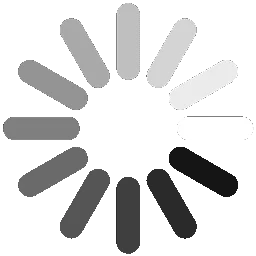Introduction of Bachelor of Technology (B.Tech.) in Civil Engineering (Lateral Entry)
The Civil Engineering (Lateral Entry) course deals with design, construction, and structure maintenance like buildings, bridges, canals, etc. The CE course also deals with using practical skills to execute public infrastructure-based construction and modify the existing infrastructure. The students would be getting a deeper understanding of different and significant concepts that comes under the civil engineering broad-spectrum throughout this CE course. It is considered a demanding and promising career for the students who want to learn this CE course. The students would be going through some theoretical-based programs to apply their knowledge to solve real-time challenges and prepare for a better entry into the industry to work on practical applications in the future. The effective skills that could be learned through the CE course are problem identification and solving, project management and organizational skills, budgeting and costing skills, strong communication and teamwork, etc. The student's admission for this CE course is mainly through counseling and various entrance examinations like JEE Advanced, WBJEE, BITSAT, etc. In some cases, Diploma holders of the same field could easily opt for direct admission to BTech CE course 2nd year based on the management quota seats in some of the universities. 3 years required for completing this CE(Lateral Entry) course, and the span of the course fee is INR 3,00,000 to 15,00,000.
Eligibility criteria required for Bachelor of Technology (B.Tech.) in Civil Engineering (Lateral Entry)
The students need to go through some decent and effective criteria for becoming eligible to do this course, and some of them are:
- The students need to secure at least 50% marks in Chemistry/Biology, Mathematics, Physics in 10+2 class, but for SC/ST/OBC, it is 40%.
- Those completed 3-year diploma in engineering.
- Those passed B.Sc or equivalent degree minimum 50 % from authorized institute.
- The results of various entrance examinations with a cut-off mark that various universities have allocated are needed to be passed by the students to meet the objectives of this course.
Benefit of Bachelor of Technology (B.Tech.) in Civil Engineering (Lateral Entry)
The students could acquire decent advantages and significance with the completion of this Civil Engineering course. There is a high-income potential that could come in the student's path by doing this CE course and understanding their main points. There is a great growth of their career and could improve their future opportunities. They could get involved with various projects and their specialization. They could experience a live example of doing a project with the skills and knowledge acquired from this course. A better benchmark for the students would be set to build an attractive career in the coming days.
Scope and career option after Bachelor of Technology (B.Tech.) in Civil Engineering (Lateral Entry)
Civil Engineering certainly got an immense long-term scope with the opportunities to recruit from various sectors like in the construction industry, major multinationals, and defence services. It could be said that the students would be getting many moments or chances both in public and private sectors. Civil Engineering got a great career by analyzing the advancement of technology. The management is looking at the individuals who could produce better and innovative ideas. This is the main specialty of civil engineering after completing this course. The students would be getting the chance to work in some top recruiting companies like L&T, TATA Consulting Engineers Ltd, Maytas Infra Ltd, etc. A civil engineer's annual average income or salary would be getting after being placed in well-renowned companies is INR 3,50,000 to 7,85,000. These companies mainly recruit students for job positions like Structural Engineers, Site Engineers, Construction Engineers, etc. The salary of the selected students also depends on the position they are doing.
 3 Years
3 Years
 Under Graduate
Under Graduate
 Engineering
Engineering
 Full Time
Full Time

 back
back